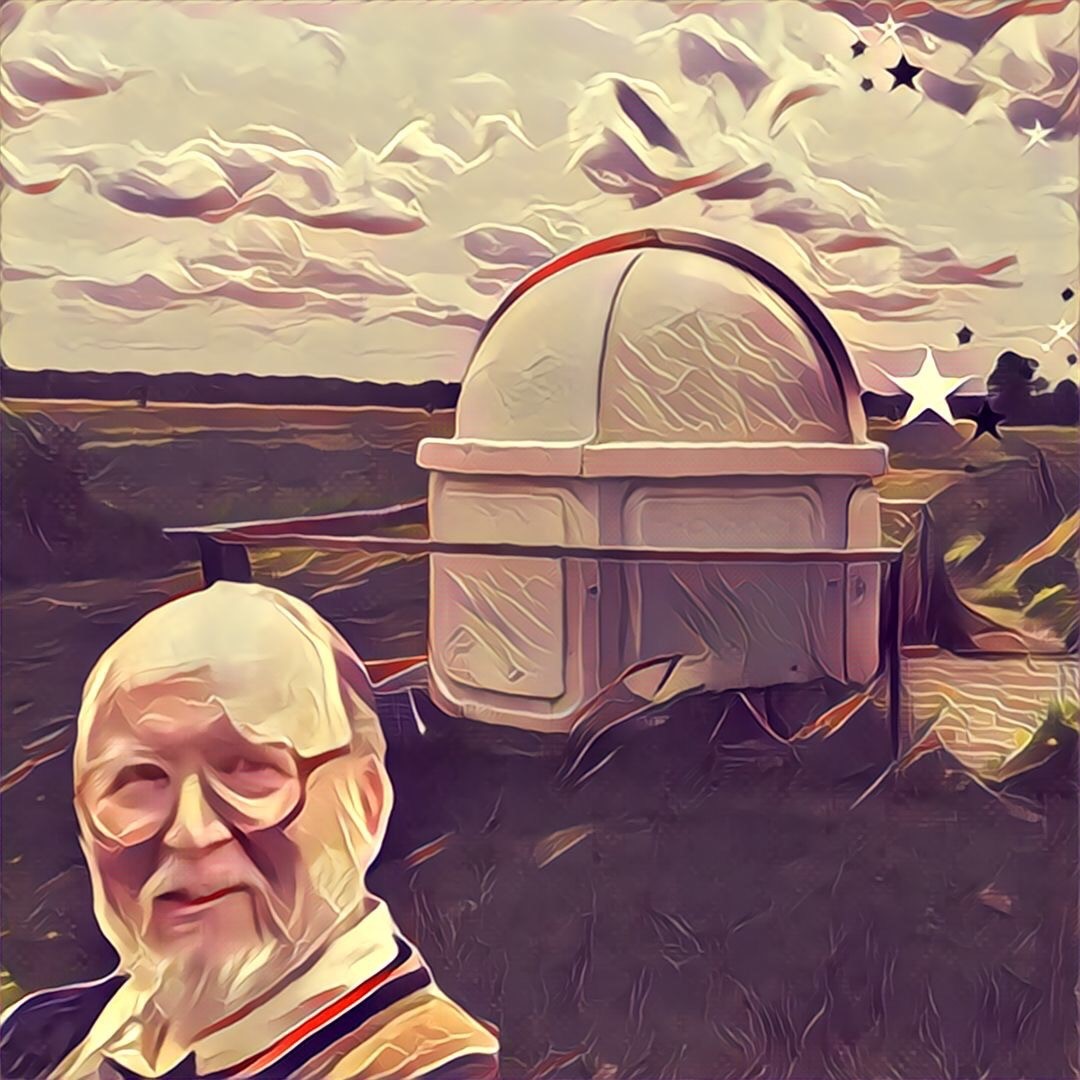Skywatching Tips: Observing Venus Without Staring at the Sun
Venus is currently a primeobserving target, but skywatchers should be careful aiming telescopes at thebrilliant planet, because it is appearing close to the sun at dusk.
Venus? orbit is closer tothe sun than Earth?s, so the planet passes between Earth and sun once everyorbit. This is known as inferior conjunction (to distinguish it from when Venuspasses on the far side of the sun, known as superior conjunction).
This sky map shows where tolook to spot Venus this week.
Venus was at its greatest brilliancySept. 23, and is now moving swiftly toward inferior conjunction Oct. 28.
Since the orbit of Venusis not in exactly the same plane as that of Earth, it usually passes above orbelow the sun at inferior conjunction. This year it will be passing below thesun.
In addition, at this timeof year the plane of the ecliptic is almost parallel to the horizon at sunset.As a result, Venus will be very low in the western sky at sunset, and hencevery hard to observe. [Photosof Venus crossing the sun.]
Skywatcher warning
Breaking space news, the latest updates on rocket launches, skywatching events and more!
The trick for observingVenus under these conditions is not to wait until sunset, but to observe theplanet while the sun is still above the horizon.
But first, a skywatcher warning: Observing objects while they are close to the sun is verydangerous! This is something only very experienced observers shouldattempt, and they should take careful precautions to avoid viewing the sundirectly.
The trick to use is toposition yourself so that the sun is safely behind a nearby building or otherobstruction, so that there is no way that you can see the sun itself from yourlocation.
In the accompanying sky map,we?ve used one of the stones at Stonehenge to block the sun; you can probablydo the same with a less glamorous chimney or tower.
Before observing with the nakedeye, you may find sweeping with binoculars necessary to initially locate Venus.Use a planetarium program to determine the direction and distance of Venusrelative to the sun.
A better technique is touse a telescope equipped with either accurate setting circles or a GoTocomputer.
Once located, Venus isreadily visible in a clear blue daylight sky.
Venus in October sky
Today (Oct. 6) Venusappears like a miniature crescent moon 14 percent illuminated. It will appear tobe 49 arc seconds in diameter, large enough that its crescent can be seen in10x binoculars.
An arc second is a unit ofmeasurement for objects in the night sky. There are 60 arc seconds in 1 arc minute.The full moon, for example, is about 1,800 arc seconds across.
It is slightly more than 30degrees away from the sun, and quite safe to observe.? For comparison, thewidth of your fist held at arm's length covers about 10 degrees of the sky.
Over the next few weeksVenus moves south and west so that it is directly under the sun Oct. 28, only 1percent illuminated and a full arc minute in diameter. Only 6 degrees separateVenus from the sun.
Since this is less than thewidth of a binocular field, it is unsafe to attempt to observe Venusthis close to conjunction.
The question remains, howclose to conjunction can you observe Venus safely?
On Oct. 20, Venus will be15 degrees away from the sun, probably as close as even the most experiencedand careful observer would want to get. Don?t risk your eyesight by trying toobserve Venus any closer to the sun than this.
Instead, wait until thenext inferior conjunction of Venus ? June 5, 2012, when Venus will actually passin front of the sun, and can easily and safely be observed with a standardsolar filter.
- Gallery- Venus Seen From Around the World
- Telescopesfor Beginners
- TelescopesUp! A Guide to the Night Sky's New Stargazing Season
This article wasprovided to SPACE.com by StarryNight Education, the leader in space science curriculum solutions.

Geoff Gaherty was Space.com's Night Sky columnist and in partnership with Starry Night software and a dedicated amateur astronomer who sought to share the wonders of the night sky with the world. Based in Canada, Geoff studied mathematics and physics at McGill University and earned a Ph.D. in anthropology from the University of Toronto, all while pursuing a passion for the night sky and serving as an astronomy communicator. He credited a partial solar eclipse observed in 1946 (at age 5) and his 1957 sighting of the Comet Arend-Roland as a teenager for sparking his interest in amateur astronomy. In 2008, Geoff won the Chant Medal from the Royal Astronomical Society of Canada, an award given to a Canadian amateur astronomer in recognition of their lifetime achievements. Sadly, Geoff passed away July 7, 2016 due to complications from a kidney transplant, but his legacy continues at Starry Night.
